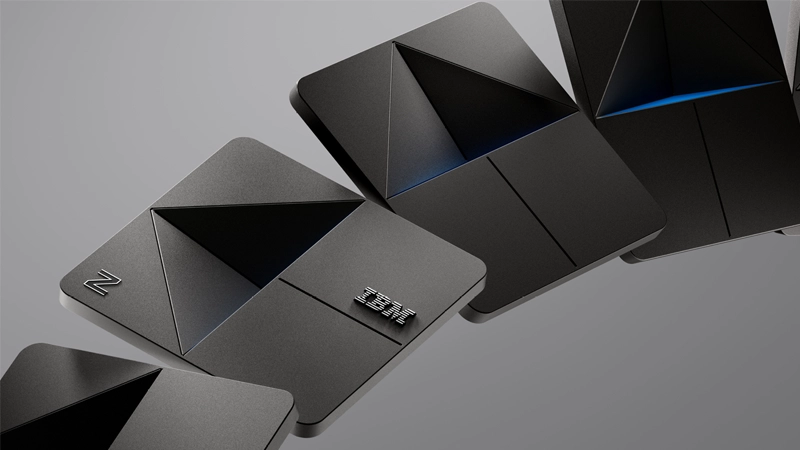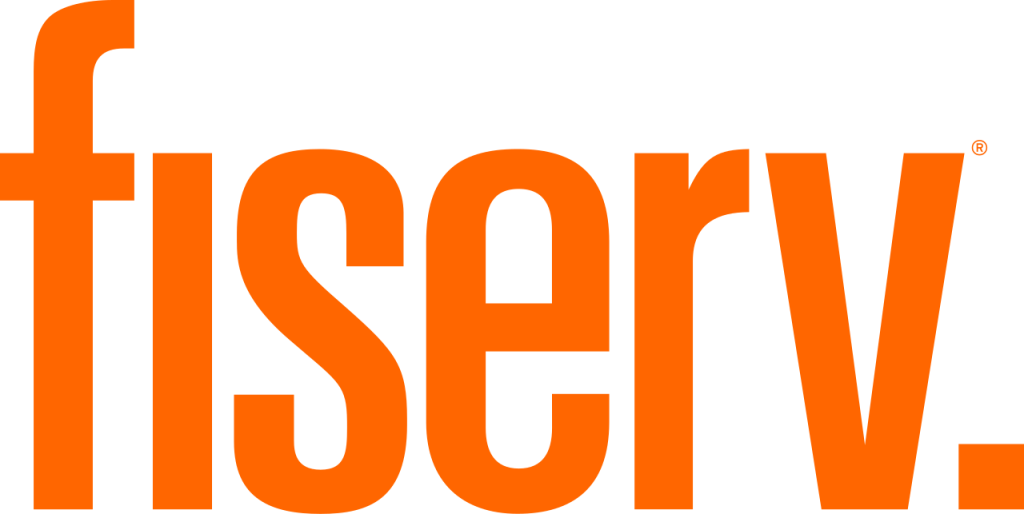PII & PCI Data Security Checklist: A Guide to Protecting Sensitive Data

In highly regulated industries, protecting sensitive Personally Identifiable Information (PII) and Payment Card Industry (PCI) data is a cornerstone of operational integrity and regulatory compliance. Data breaches and non-compliance can lead to reputational damage, regulatory fines, and erosion of customer trust. This checklist serves as a guide for high-level executives to facilitate meaningful discussions with their teams and ensure robust data security strategies across endpoints, cloud environments, and mainframes.
Data Discovery and Classification
- Identify where sensitive PII and PCI data reside across all environments:
- Endpoints: Devices, file servers, and collaboration platforms like SharePoint and OneDrive.
- Cloud: SaaS applications, databases, and storage buckets.
- Mainframes: Legacy systems hosting critical transactional data.
- Classify data based on sensitivity and regulatory requirements:
- Label data as “Confidential” or “Restricted” to inform handling protocols.
- Use automated discovery tools with built-in classification frameworks.
Access Controls and Identity Management
- Implement role-based access controls (RBAC) to restrict sensitive data access:
- Ensure least privilege principles are enforced.
- Monitor and regularly audit privileged accounts.
- Deploy multi-factor authentication (MFA) for systems hosting PII and PCI data.
Data Encryption
- Apply encryption to sensitive data:
- At Rest: Encrypt data in endpoints, databases, and storage.
- In Transit: Secure data movement between systems using TLS or VPNs.
- Use industry-standard encryption algorithms, such as AES-256.
- Maintain a robust key management system, ensuring proper lifecycle management.
Data Masking and Redaction
- Use data masking techniques for non-production environments:
- Replace real data with fictional but realistic values for development and testing.
- Apply redaction to remove sensitive information from shared documents:
- Permanently obscure PII or PCI data in reports and exported files.
Endpoint and Collaboration Platform Security
- Secure endpoints where PII and PCI data are stored or accessed:
- Deploy endpoint detection and response (EDR) solutions.
- Use device encryption and remote wipe capabilities for lost or stolen devices.
- Protect data on SharePoint and OneDrive:
- Enforce access permissions and sharing restrictions.
- Enable auditing to track data access and sharing activity.
Cloud Security
- Secure cloud environments hosting PII and PCI data:
- Leverage cloud-native tools for data discovery and classification.
- Configure security policies for data storage buckets and databases.
- Implement continuous monitoring for misconfigurations and unauthorized access.
Mainframe Data Security
- Audit and secure data on mainframes:
- Use encryption for both mainframe datasets and file transfers.
- Implement access controls specific to mainframe systems.
- Regularly review and patch vulnerabilities in mainframe environments.
Regulatory Compliance and Reporting
- Align with relevant mandates:
- Generate automated compliance reports to demonstrate adherence to standards.
- Maintain an incident response plan aligned with regulatory notification requirements.
Training and Awareness
- Conduct regular training sessions for employees on handling PII and PCI data.
- Test employee awareness with phishing simulations and compliance quizzes.
- Provide role-specific guidance for teams accessing sensitive data.
Continuous Monitoring and Improvement
- Implement real-time monitoring for data access and anomalies:
- Use Security Information and Event Management (SIEM) tools.
- Leverage AI/ML for threat detection and risk scoring.
- Periodically review and update security policies to address emerging threats.
Securing PII and PCI data across endpoints, cloud environments, and mainframes requires a proactive, unified approach. By following this checklist, executives can foster a culture of data security and ensure compliance with stringent regulatory mandates. Regularly revisiting and refining these practices with your teams will safeguard your organization against evolving cyber threats, protecting both your customers and your reputation.











